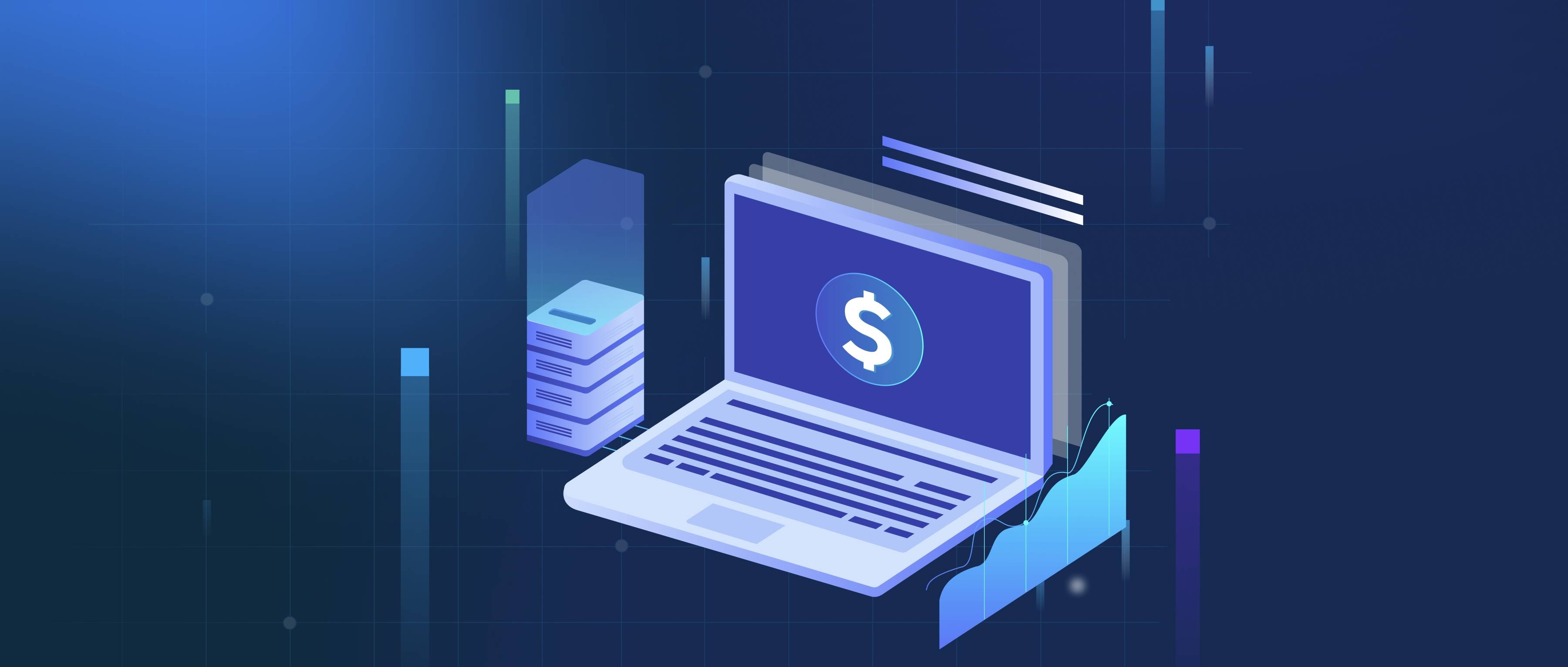Decoder-only models and encoder-decoder models are two key architectures in LLMs, each optimized for different tasks. Decoder-only models, like GPT, focus on generating text by predicting the next token based on previously seen tokens. These models are unidirectional, processing input in a left-to-right manner, which makes them effective for tasks like text completion and generation.
Encoder-decoder models, like T5 and BART, have two components: an encoder that processes the input and a decoder that generates the output. The encoder extracts meaningful features from the input, while the decoder uses these features to generate text. This structure allows bidirectional understanding of input, making encoder-decoder models ideal for tasks like translation, summarization, and question answering.
The choice between these architectures depends on the use case. Decoder-only models excel in generative tasks, while encoder-decoder models are better suited for applications requiring both understanding and generation. Their architectural differences enable developers to tailor solutions to specific natural language processing challenges.
